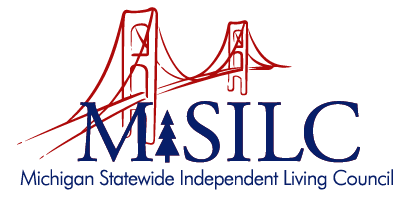During Black History Month we celebrate the contributions, achievements, and history of Black Americans throughout U.S. history.
We celebrate historical figures like civil rights activist Fannie Lou Hamer, abolitionist Harriet Tubman, artist Leroy Moore, and elected official Barbara Jordan.
Each one of these individuals played an important role in the advancement of civil rights for Black Americans. They also have something else in common: they all had a disability.
Hamer had a permanent limp as the result of polio, Tubman had epilepsy, Moore had cerebral palsy, and Jordan had multiple sclerosis and used a wheelchair. All of these individuals had to navigate racism as well as ableism.
Other identities can further complicate the struggles a person faces in addition to racism and ableism. For example, Black women with a disability are most likely deal with sexism on top of racism and ableism. There are a number of other variables that can make equality and justice even harder to attain such as economic status, education level, and gender identity.
According to Michigan’s Department of Civil Rights, “[R]oughly one third [of Black Michiganders] have a disability. Having a combination of these identities often results in increased inequities” such as in education, employment, and healthcare.
“All struggles for rights and justice are inextricably intertwined,” writes Marisa Wright of the Legal Defense Fund. “Centering the connection between racial justice and disability justice is essential to continuing to push for equitable access and rights in both movements.”
In other words, one cannot effectively fight for equality and justice for people with disabilities while ignoring the additional inequities exerted upon people with disabilities who are also Black.
The term for this intertwining of identities is intersectionality, a term coined by Kimberlé Crenshaw, a professor at Columbia Law School, thirty five years ago: “Intersectionality is a lens through which you can see where power comes and collides, where it interlocks and intersects. It’s not simply that there’s a race problem here, a gender problem here, and a class or LBGTQ problem there.”
Put simply: we are all connected when it comes to injustice and oppression.
As Michigan’s Department of Civil Rights explains, “Recognizing and understanding the intersection of identities and the realities that come with it can be a huge first step in addressing disparities and challenging biases.”
If you are someone who does not have a disability and is not Black but who wants to be an effective ally to help usher in a more just and inclusive society, the first step is to realize that fighting for justice is not an either/or proposition. As Martin Luther King, Jr. said, “No one is free until we are all free.”




